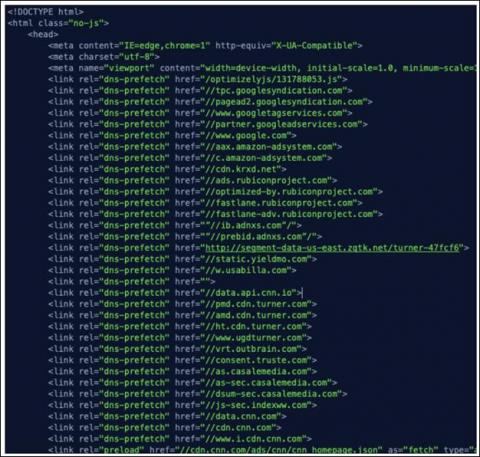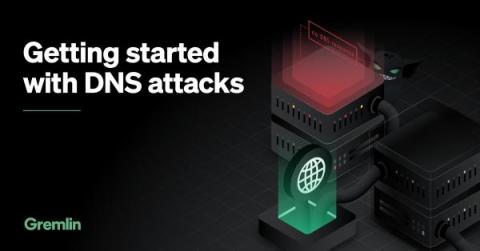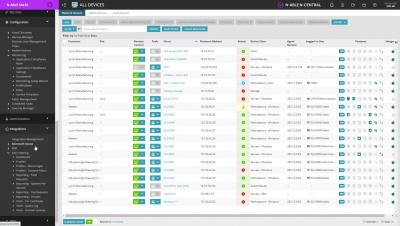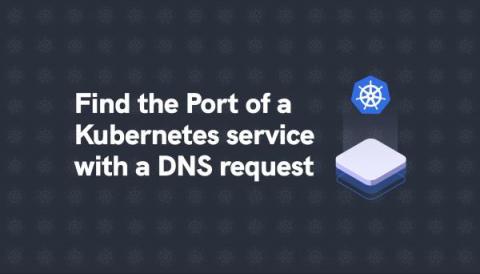Nameserver Explained: What it is And How it Works
The Internet is a vast network of servers and devices connecting people worldwide. It allows for near-instant data communication between machines, which is presented in a readable format for the end-user. From a human perspective, it's a simple case of typing the URL of your desired website and pressing enter. Of course, computers talk to one another in their own numerical language, using lengthy IP addresses to refer to domains instead of URLs.











